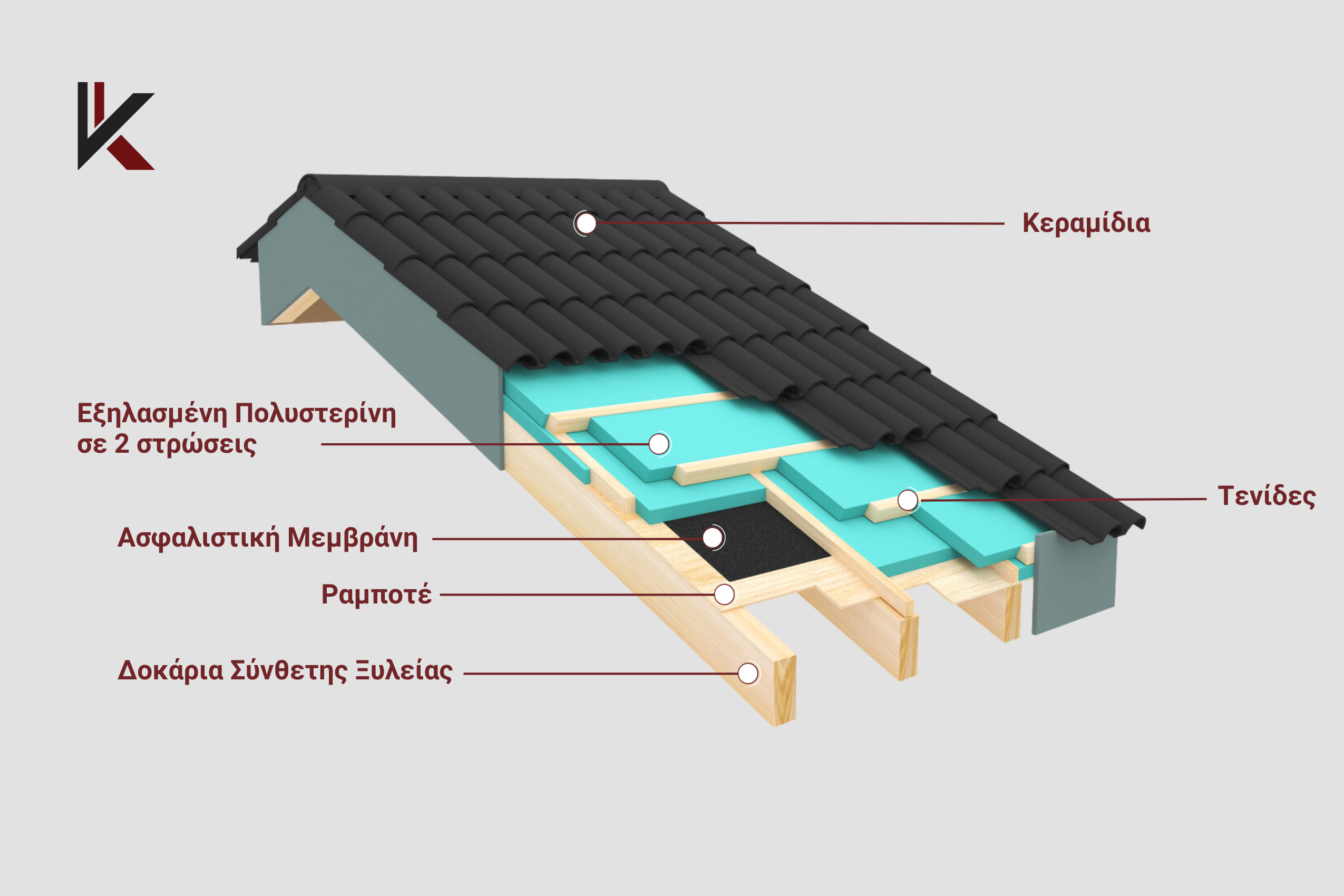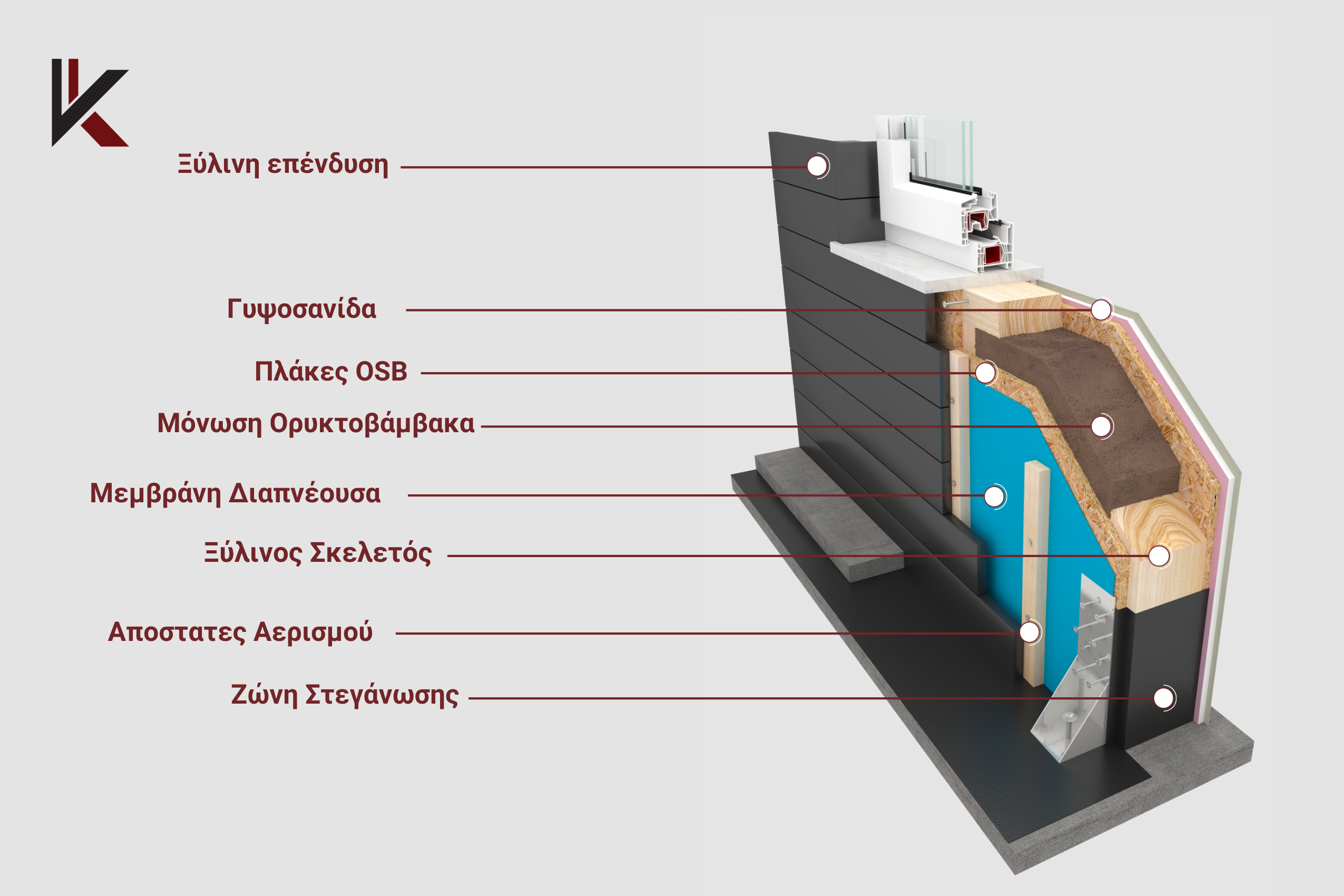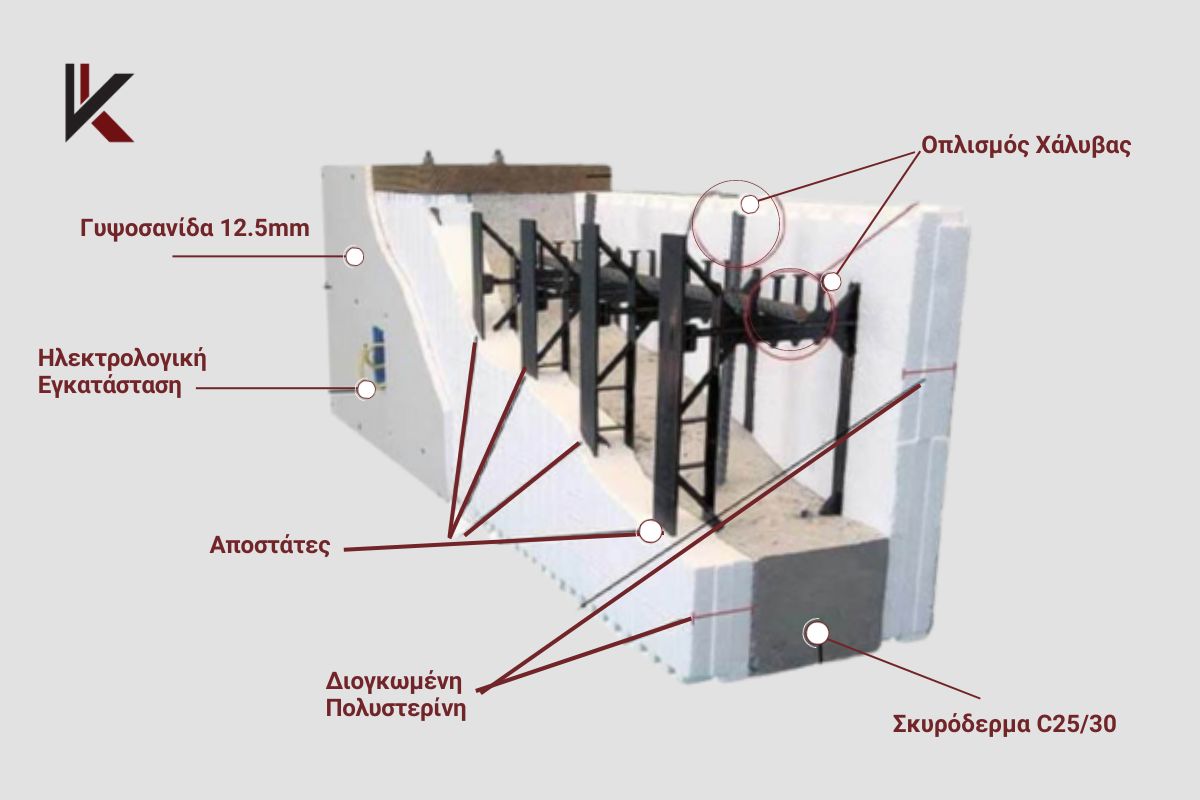Why anti-seismicity is important
In areas prone to seismic activity, the safety and stability of residential structures is a primary concern. Prefabricated houses have emerged as a promising solution to mitigate the risks associated with earthquakes. Understanding the seismic properties of prefabricated houses is essential for both homeowners and builders.
Method of Construction
Prefabricated houses are constructed off-site in a controlled environment and then transported to their final location for assembly. This method of construction offers several advantages in terms of seismic resistance. The key lies in the materials used and the design principles applied during the construction process.

Factors of Resilience
One of the main factors contributing to the seismic performance of prefabricated houses is the use of lightweight but strong materials such as steel and reinforced concrete. Unlike traditional construction methods that rely heavily on heavy masonry, prefabricated homes use materials that are more flexible and resistant to seismic vibrations. In addition, the structural elements of prefabricated homes are designed to distribute and dissipate seismic energy, reducing the risk of collapse during an earthquake.
Structure Elements
In addition, the modular nature of prefabricated homes allows for greater precision and consistency in construction, minimizing structural vulnerabilities that can compromise seismic performance. Each unit is designed to interlock seamlessly with adjacent elements, creating a single, stable structure capable of withstanding significant ground movements.

Flexible Design
In addition to the materials and construction techniques used, the design of prefabricated houses also plays a key role in enhancing their seismic properties. Architects and engineers incorporate features such as transverse reinforcements, shear walls and reinforced connections to improve structural integrity and durability. These design elements help channel seismic forces away from vulnerable zones and provide multiple load paths to distribute stress throughout the building.

Conclusion
In conclusion, prefabricated houses offer a viable solution to mitigate the risks associated with earthquakes. Through the use of lightweight materials, innovative design principles and advanced technologies, prefabricated houses provide a safe and durable housing option especially in vulnerable areas.
At Prokat Karagiannakis, we have emerged as a pioneer in building homes with a focus on earthquake resistance. Having recognized the importance of strengthening homes in our earthquake-prone country, it is our goal to build homes that will not only withstand earthquake tremors, but also provide comfort and peace of mind to their owners.
